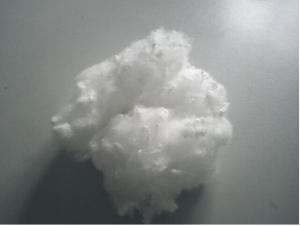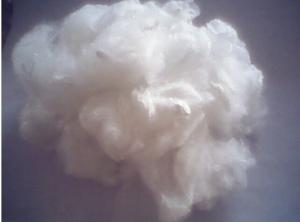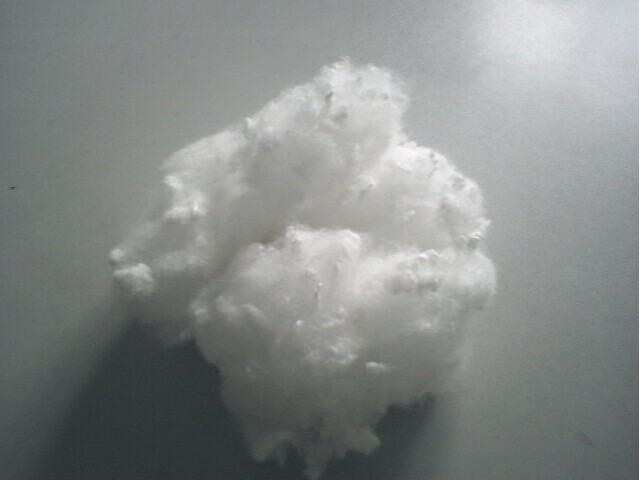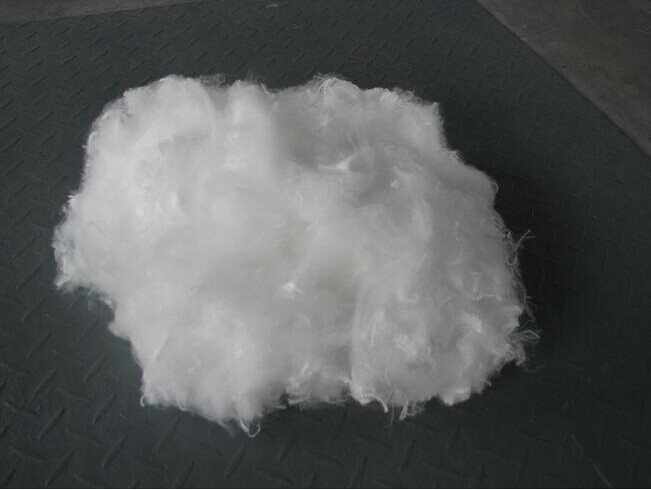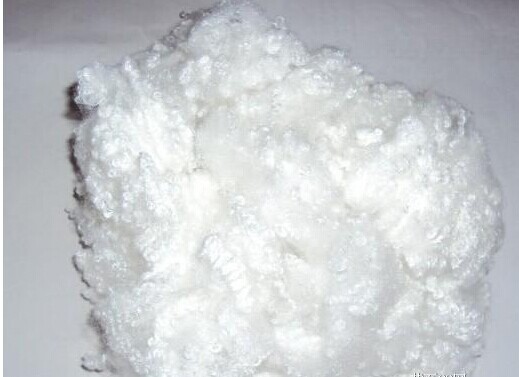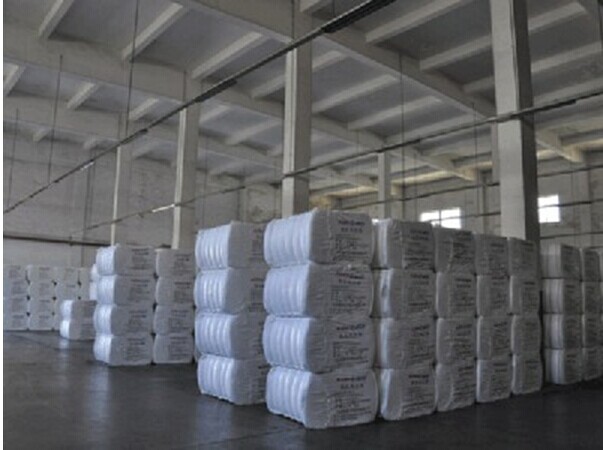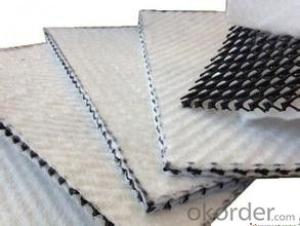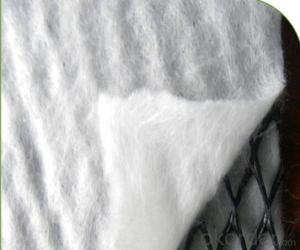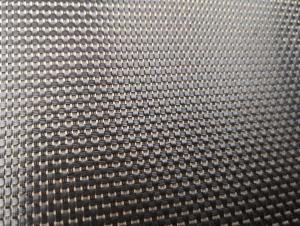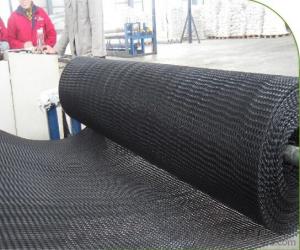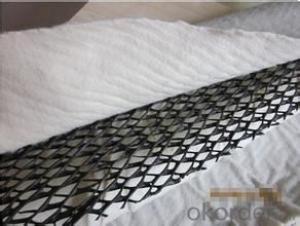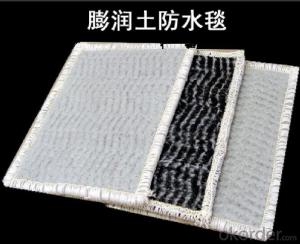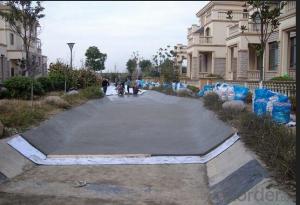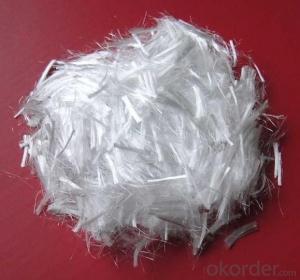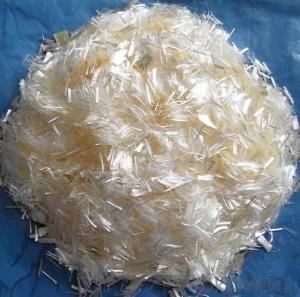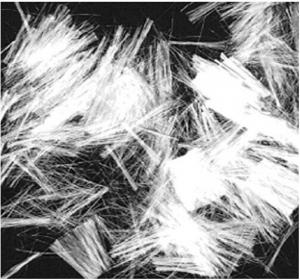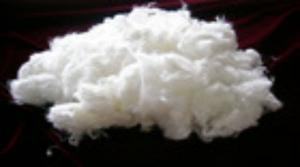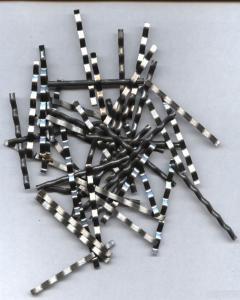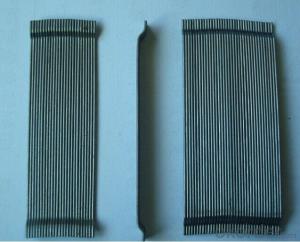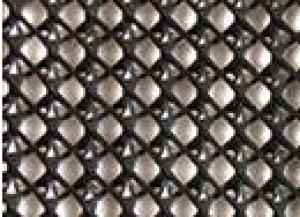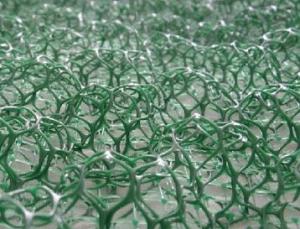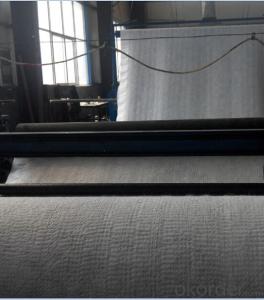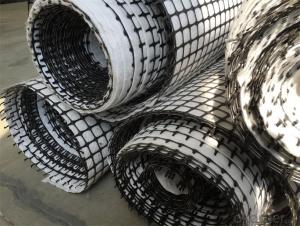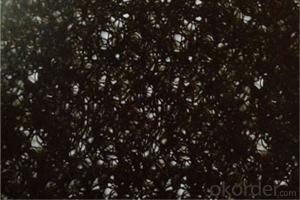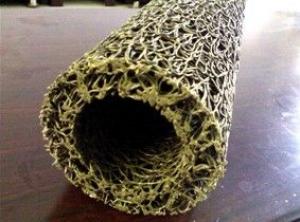Polyester Chemical Staple Fiber for Concrete Usage
- Loading Port:
- China main port
- Payment Terms:
- TT OR LC
- Min Order Qty:
- 5000 kg
- Supply Capability:
- 200000 kg/month
OKorder Service Pledge
OKorder Financial Service
You Might Also Like
1. Description of Polyester Chemical Staple Fiber
1.Material | 100% recycled polyester fiber |
2.Color | black/red/white Any colore |
3.Fineness | 1.4D-15D |
4.Fiber Length | 32MM-102MM |
5.Samples Time | (1)1 day for our existing samples for reference. |
| (2)3 days,if you want to customize your color. |
6.MOQ | 12tons/20'GP |
7.Delivery time | within 10 days after received down payment or original L/C |
8.Packing Detailed | PP woven bag;260kg/bale;20'GP:12tons,40'HQ:25tons |
9.Production Capacity | 45000-50000tons per year |
10.Payment term | T/T or L/C at sight |
2. Application of Polyester Chemical Staple Fiber
Filling quilt, pillow, cushion, toys etc.

3.FAQ
1. Which payment do you accept?
For you convinience,our payment can be L/C,TT
2. Is free sample available?
We can supply free samples if you need.
3. How about your quality?
We have strict quality control system, we make testing on incoming raw material and finished products. Your third party testing is also welcomed. With high quality, our products are used on government projects at home and abroad. Our product quality is accepted by clients from all over the world
4. Production and Inspection of Polyester Chemical Staple Fiber

4. Package of Polyester Chemical Staple Fiber
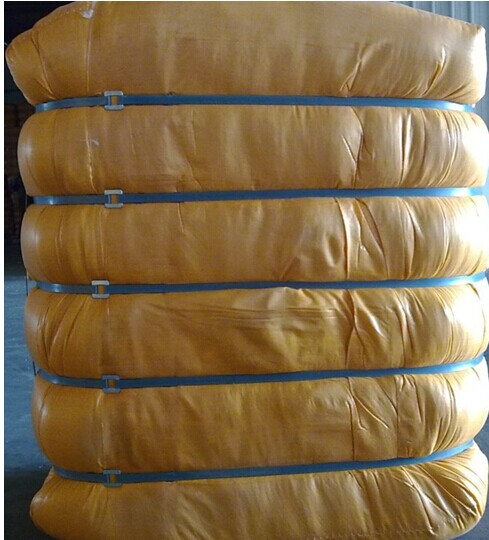
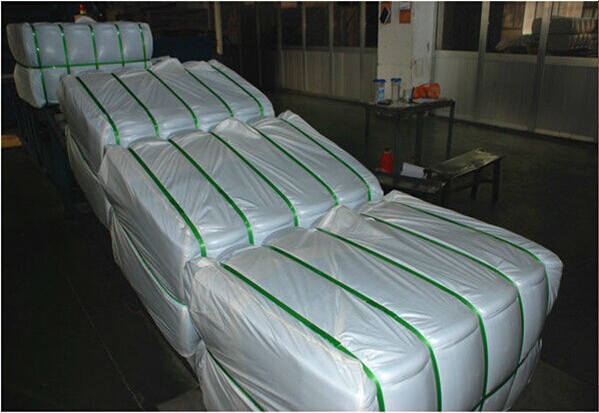
- Q: Can earthwork products be used for creating barrier walls?
- Yes, earthwork products can be used for creating barrier walls. Earthwork materials like soil, rocks, and gravel can be used to construct strong and durable walls that can serve as effective barriers. These walls can be utilized for various purposes, such as retaining walls, flood protection barriers, noise barriers, or even as decorative elements in landscaping projects.
- Q: How do geotextile tubes work in dewatering applications?
- Geotextile tubes work in dewatering applications by containing and separating solids from water. The tubes are filled with slurry, which allows water to pass through the geotextile fabric while retaining the solid particles. As the water drains, the solids are left behind, resulting in dewatering of the site or containment of sediments.
- Q: How do geotextile tubes help in coastal erosion control?
- Geotextile tubes, also known as geotubes, play a crucial role in coastal erosion control by acting as barriers against wave action and providing shoreline protection. These large, sand-filled fabric tubes are placed along the coastline, absorbing and dissipating the energy of waves, thus reducing erosion. Additionally, geotextile tubes can be used to create dunes and stabilize beach profiles, preventing the loss of sediment and maintaining the natural balance of coastal ecosystems.
- Q: Are earthwork products resistant to frost and freeze-thaw cycles?
- Yes, earthwork products such as compacted soil, gravel, and certain types of retaining walls are generally resistant to frost and freeze-thaw cycles. However, the resistance may vary depending on the specific material and construction technique used. Proper design and installation practices, including appropriate drainage and insulation measures, can help enhance the resistance of earthwork products to these weather conditions.
- Q: What are the different surface finishes available for earthwork products?
- The different surface finishes available for earthwork products include smooth, textured, stamped, exposed aggregate, and polished finishes.
- Q: Can earthwork products be used in landfill construction?
- Yes, earthwork products can be used in landfill construction.
- Q: What are the benefits of using earthwork products?
- There are several benefits of using earthwork products. Firstly, these products are environmentally friendly as they are often made from recycled materials or natural substances. Secondly, they are cost-effective as they can be used for multiple purposes such as landscaping, erosion control, or construction. Additionally, earthwork products are durable and require minimal maintenance, making them a long-lasting solution. Furthermore, they offer versatility in terms of size, shape, and design, allowing for customization based on specific project requirements. Lastly, these products help in conserving resources by reducing the need for traditional materials like concrete or steel.
- Q: What are the different applications of geotextile filter fabrics?
- Geotextile filter fabrics have various applications in civil engineering and construction projects. They are commonly used for erosion control, as they prevent soil erosion by filtering sediment and allowing water to pass through. These fabrics are also used in drainage systems, where they provide separation and filtration of different soil layers while allowing proper water flow. Geotextile filter fabrics are also utilized in road construction to improve soil stability and prevent the clogging of drainage systems. Additionally, they find applications in agriculture, landscaping, and shoreline protection projects.
- Q: What are the limitations of using earthwork products in construction?
- One limitation of using earthwork products in construction is their limited availability. Earthwork products, such as soil and clay, can vary significantly in quality and composition depending on the location. This can make it challenging to source consistent and suitable materials for construction projects, particularly in areas with limited access to high-quality earthwork products. Additionally, the use of earthwork products can be limited by their stability and strength. These materials may not have the necessary structural integrity to support heavy loads or withstand certain environmental conditions, which can restrict their applicability in construction projects. Lastly, earthwork products are susceptible to erosion and settling over time, which can result in the need for ongoing maintenance and repairs.
- Q: What are the different types of earthwork products?
- The different types of earthwork products include soil, gravel, sand, clay, and rocks.
Send your message to us
Polyester Chemical Staple Fiber for Concrete Usage
- Loading Port:
- China main port
- Payment Terms:
- TT OR LC
- Min Order Qty:
- 5000 kg
- Supply Capability:
- 200000 kg/month
OKorder Service Pledge
OKorder Financial Service
Similar products
Hot products
Hot Searches
Related keywords
